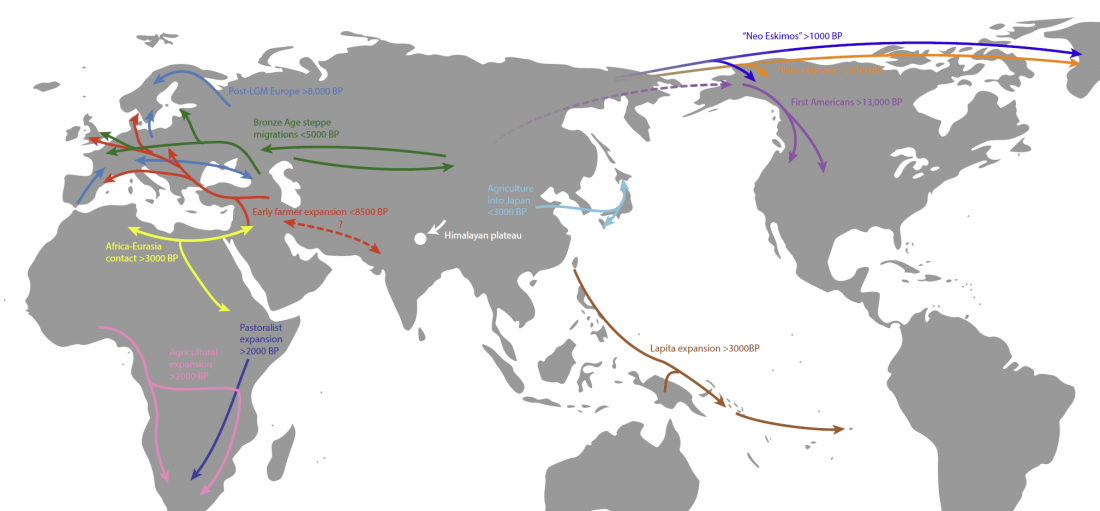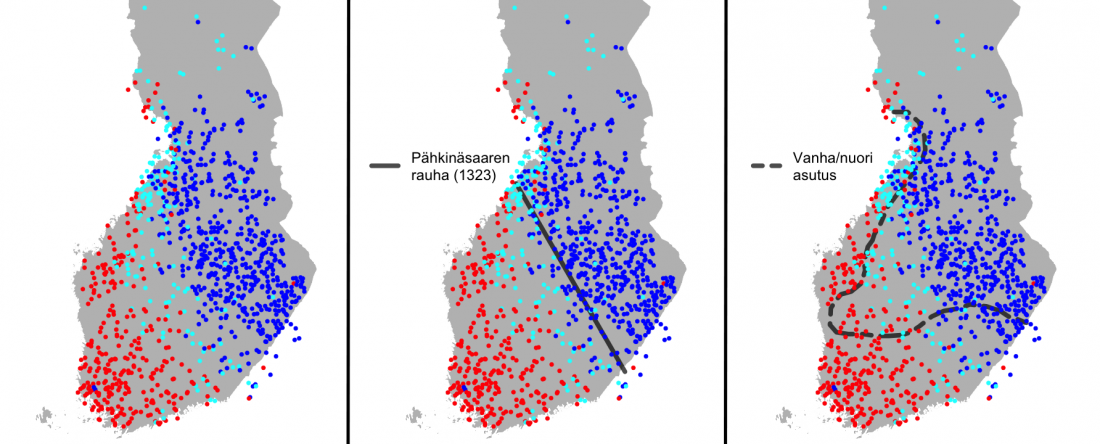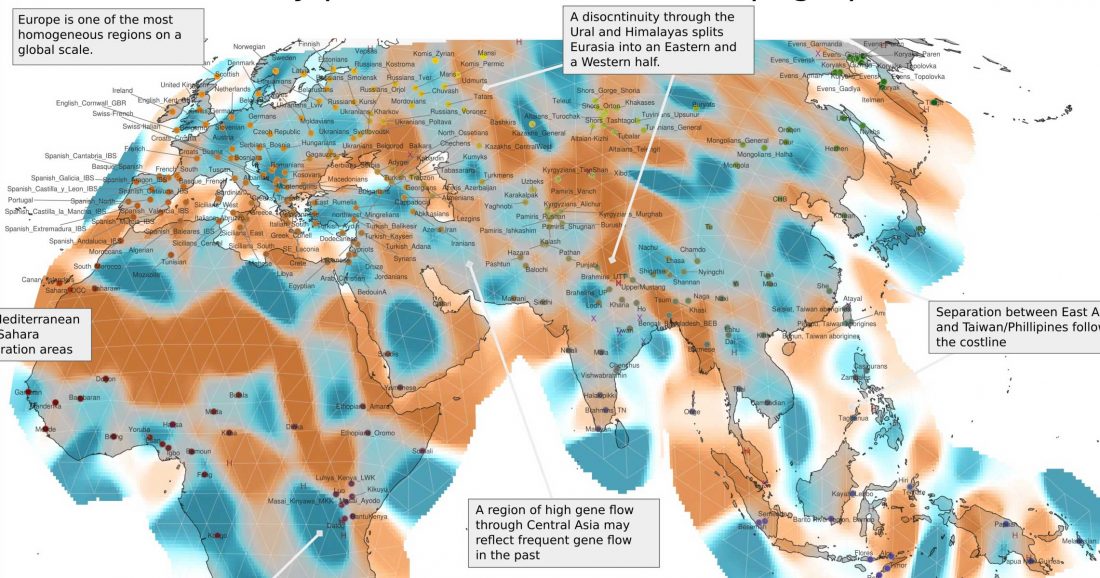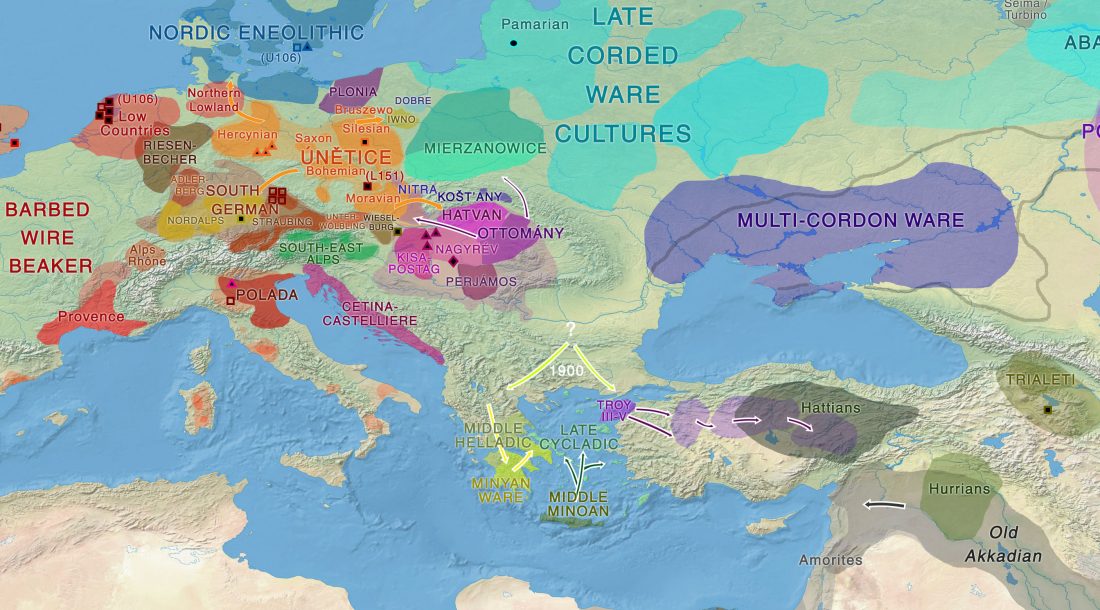A preprint article by two of the most prolific researchers in Human Ancestry is out, and they request feedback: Ancient genomics: a new view into human prehistory and evolution, by Skoglund and Mathieson (2017). Right now, it is downloadable on Dropbox.
.@pontus_skoglund and I wrote a review article about ancient genomics. Comments on the preprint very welcome! https://t.co/YrZS45Q0xt
— Iain Mathieson (@mathiesoniain) November 27, 2017
Abstract:
… Read the rest “Review article about Ancient Genomics, by Pontus Skoglund and Iain Mathieson”The first decade of ancient genomics has revolutionized the study of human prehistory and evolution. We review new insights based on ancient genomic data, including greatly increased resolution of the timing and




